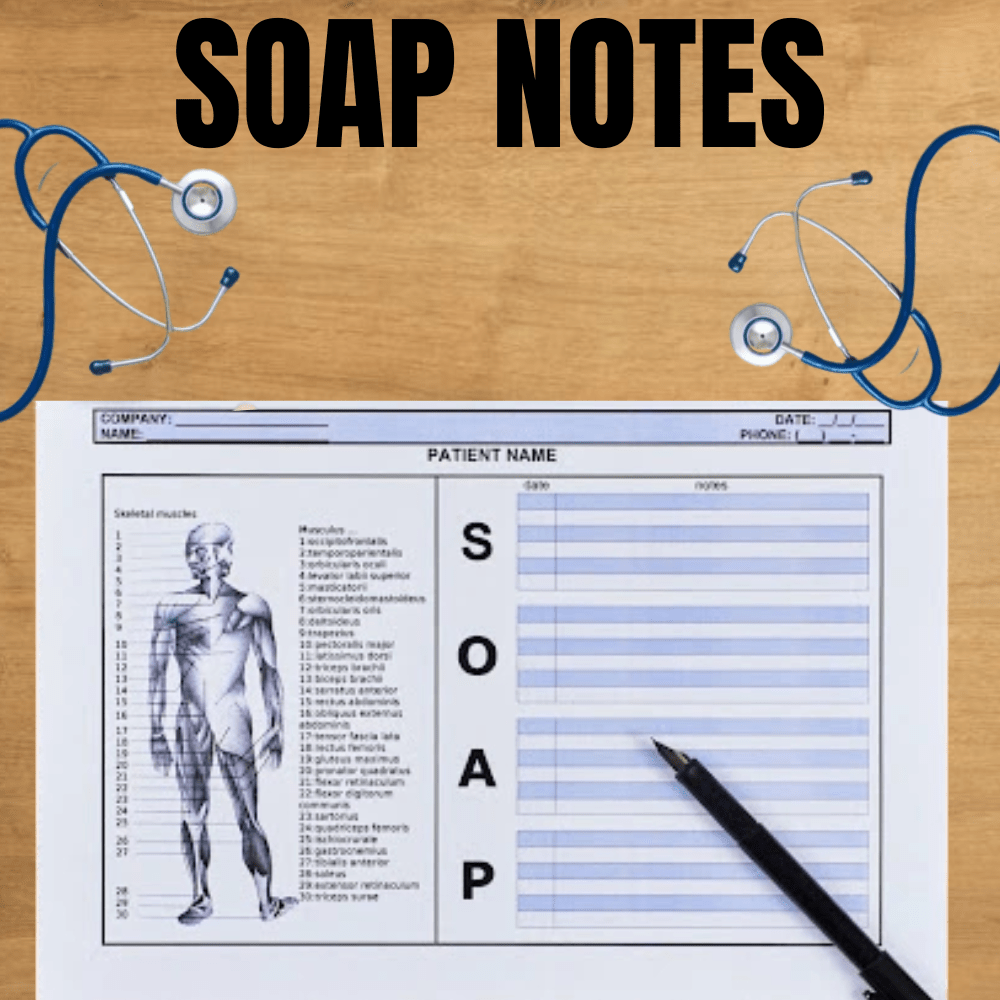Deciphering CAT Cut Offs, Determining Success, and Crafting Your Path to Prestigious B-Schools”
Introduction:
In the quest for admission to top-tier business schools in India, understanding CAT cut-offs is paramount. In this comprehensive guide, we will delve into the world of CAT cut-offs, revealing how they determine your success, offering insights into the factors influencing cut-offs, and providing guidance on how to craft your path to prestigious B-Schools. By the end of this blog, you will be well-equipped to navigate the intricate landscape of CAT cut-offs.
The Significance of CAT Cut Offs
CAT (Common Admission Test) is a highly competitive exam, serving as the gateway to prestigious B-Schools such as the Indian Institutes of Management (IIMs) and other renowned institutions. CAT cut-offs play a pivotal role in the selection process.
These are the minimum scores or percentiles that candidates must achieve to be considered for further rounds of the admission process, including Group Discussions (GD), Written Ability Test (WAT), and Personal Interviews (PI).
Factors Influencing CAT Cut Offs
CAT cut-offs are not static; they vary from one institution to another and even from year to year. Several factors influence CAT cut-offs:
1. Institute and Course:
Different B-Schools and specific courses within them may have varying cut-offs. Prestigious institutions like the IIMs typically set higher cut-offs.
2. Number of Applicants:
The total number of CAT applicants affects the competition. If more candidates apply, cut-offs may rise.
3. Difficulty Level:
The difficulty of the CAT paper for a particular year can significantly influence cut-offs. A more challenging paper may lead to lower cut-offs.
4. Reservation Quotas:
The presence of reservation quotas for categories like SC, ST, OBC, and EWS affects cut-offs differently for these categories.
5. Institute’s Past Trends:
CAT cut-offs can be influenced by an institution’s historical trends and policies.
6. Selection Process:
The method an institution uses to shortlist candidates also impacts cut-offs. Some schools place more weight on CAT scores, while others focus on a combination of scores and other factors like academic performance and work experience.
Crafting Your Path to Prestigious B-Schools
Aspiring to secure admission to a top B-School through CAT requires a well-rounded approach:
1. Research Institutions:
Begin by researching the institutions and courses that align with your goals. Understand their previous year’s cut-offs and admission criteria.
2. Set Realistic Goals:
Set realistic goals based on your preparation level, and aim to exceed the CAT cut-offs of your target institutions.
3. Strong CAT Preparation:
Ensure thorough preparation for CAT. Master the CAT exam syllabus, practice with mock tests, and focus on time management.
4. Score Well Above Cut-offs:
To enhance your chances of selection, aim to score well above the cut-offs, as competition can be fierce.
5. Prepare for Further Rounds:
Be ready for the subsequent stages of the selection process. GD, WAT, and PI are equally important.
6. Seek Expert Guidance:
Consider enrolling in coaching programs or seeking guidance from mentors who can provide valuable insights and strategies for success.
Beyond CAT Cut-Offs
While CAT cut-offs are significant, they are not the sole determinant of your admission to a top B-School. Here are some additional considerations to keep in mind:
-
Academic Background
Many B-Schools take into account your academic performance, particularly your undergraduate degree. Your past academic records, such as your percentage or GPA, may be factored into the selection process. It’s important to maintain a strong academic record.
-
Work Experience
For candidates with work experience, especially in the case of Executive MBA programs, your professional background and the duration of your work experience can influence the selection process. Some B-Schools value diversity in work experience.
-
Extracurricular Activities
Participation in extracurricular activities, community service, and leadership roles can enhance your application. B-Schools often seek well-rounded candidates who not only excel academically but also contribute positively to the school’s culture.
-
Essays and Interviews
The quality of your essays and your performance in interviews play a pivotal role. They provide insight into your personality, communication skills, and your fit with the B-School’s values and culture. Preparing thoughtfully for these aspects is essential.
Post-CAT Preparation
Scoring above the CAT cut-off is only the beginning. Once you receive a call from a B-School for further rounds, it’s time to shift your focus to:
-
Group Discussions (GD)
GDs evaluate your ability to express your thoughts, listen to others, and engage in a group discussion. Practice GD topics and develop strong communication skills.
-
Written Ability Test (WAT)
WAT assesses your written communication skills. Work on your writing and structuring capabilities, ensuring clarity and coherence in your essays.
-
Personal Interviews (PI)
The PI round is a crucial step. It delves into your background, achievements, aspirations, and more. Be prepared to discuss your experiences and goals confidently.
-
Choice of B-Schools
Each B-School has its unique selection process and requirements. When considering which B-Schools to apply to, think about your goals, career aspirations, and personal preferences. Research the schools thoroughly and choose those that align with your vision.
-
Persistence and Resilience
The journey to a top B-School can be challenging, and not everyone succeeds in their first attempt. Persistence and resilience are key attributes. If you don’t make it in your initial attempt, don’t be disheartened. Evaluate your performance, seek feedback, and continue to refine your skills for the next year.
Conclusion
CAT cut-offs serve as critical benchmarks in your journey to prestigious B-Schools. Understanding the factors that influence cut-offs, setting realistic goals, and crafting a well-rounded preparation strategy are key to your success. The path to securing a coveted seat in a top B-School is challenging, but with dedication, thorough preparation, and a clear understanding of CAT cut-offs, you can unlock doors to a rewarding and promising future in the world of management. Your CAT journey is underway, and the CAT cut-off is your next milestone on this exciting path.
With this content, you now have a comprehensive understanding of CAT cut-offs and how they impact your journey to top B-Schools.





